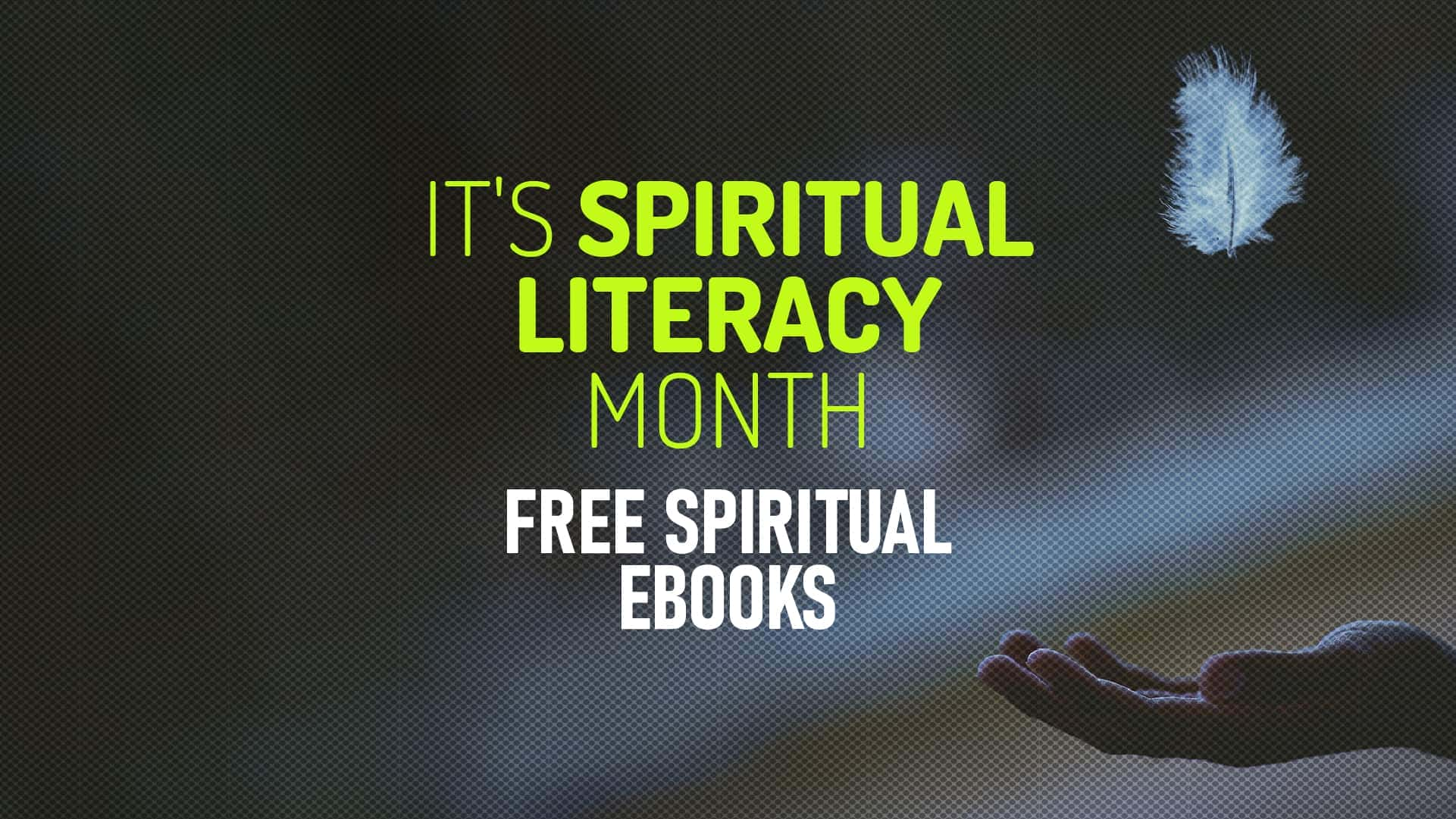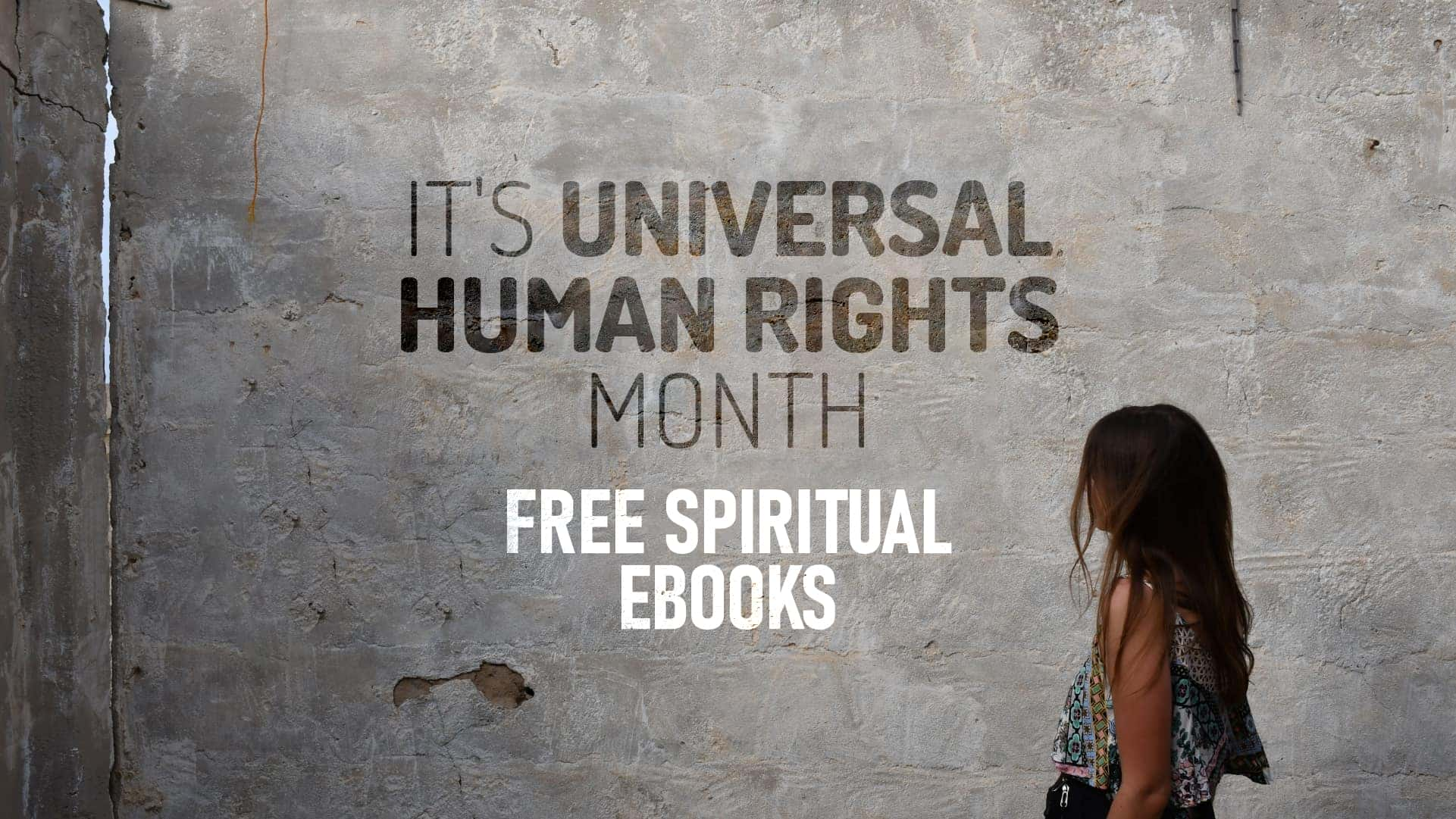Muhammad Ali, remembered as a boxer who transcended sports, received countless tributes to his extraordinary accomplishments inside and outside boxing. Following his death, the web has been flooded with stories written about his life, his impact and his legacy. This post is dedicated and inspired by this culturally iconic legend, here is just a sampling of the many reads about boxing.
Free boxing ebooks are hard to come by, but fortunately there are still some lying around out there, both classic and new. We’ve thrown in some comics as well to spice things up, hope you’ll enjoy the few selected ones. Don’t forget to check out the additional 22 free short stories by Robert E. Howard as well. As usual, if you’ve any other recommendations on any free ebooks on boxing, feel free to leave your comments below. Happy boxing!
Click on the ebook cover to visit / download the ebook
More details on each of the titles at the bottom of the page.
- The Game by Jack London – EPUB, MOBI, PDF, 15,246 words
- Rodney Stone by Arthur Conan Doyle – EPUB, MOBI, PDF, 89,192 words
- Bellows: The Boxing Pictures by E. A. Carmean Jr., John Wilmerding, Linda Ayres, and Deborah Chotner – PDF, 108 pages, 31.89 MB
- Cashel Byron’s Profession by Bernard Shaw – All formats, 16 chapters
- The Croxley Master: A Great Tale Of The Prize Ring by Arthur Conan Doyle – All formats, 3 chapters
- Boxing: The Right Hook by The All-Party Parliamentary Group for Boxing – PDF, 13 pages
- The Hand-Book to Boxing: Being A Complete Instructor in the Art of Self-Defence by Owen Swift – PDF, 63 pages
- The Morality of Boxing by Eugene Hillman – PDF, 19 pages
- Pancratia, Or, A History of Pugilism: Containing a Full Account of Every Battle of Note from the Time of Broughton and Slack Down to the Present Day by Clement (Publisher) – EPUB, PDF, Online Viewing, 371 pages
- Fistiana: or, The Oracle of The Ring by Vincent George Dowling – EPUB, PDF, Online Viewing, 311 pages
- The American Fistiana by H. Johnson (Publisher) – EPUB, PDF, Online Viewing, 28 pages
- Boxing Science: Skills Book – A Reference Guide for Boxing Beginners by Chadrick Wigle – All formats, 5,750 words
- The Kingpin Trio/How Three Bay Area Champions Became the Class of Boxing by Colin Seymour – All formats, 135,780 words
- Growing Up With The Greatest by Patrick Triplett – All formats, 4,680 words
- Great Heavyweights: The Punch Felt ‘Round the World by Henry Brown – All formats, 2,270 words
- The Legend by Steve Baxter – All formats, 12,790 words
- The Modern Art of Boxing by Daniel Mendoza – PDF, 52 pages
- Scientific Boxing Together with Hints on Training and the Official Rules by James J. Corbett – PDF, 127 pages
- The Straight Left and How to cultivate it by Jim Driscoll – PDF, 77 pages
- Boxing by Philadelphia Jack O’Brien – PDF, 260 pages
- Boxing by R. G. Allanson-Winn – PDF, 111 pages
- Boxing by D. C. Hutchison – PDF, 131 pages
- Joe Louis (Comic) by Fawcett (Publisher) – Online viewing, CBZ (Requires registration), 36 pages
- Fight Stories: Fiction and Fact of the Prize-Ring (Comic) by Various authors – Online viewing, CBZ (Requires registration), 133 pages
- Fight Stories: Fiction and Fact of the Ring by Various authors – Online viewing, CBZ (Requires registration), 114 pages
- Fight Stories: Action Stories of the Prize Ring by Various authors – Online viewing, CBZ (Requires registration), 133 pages
On the eve of their wedding, twenty-year-old Jack Fleming arranges a secret ringside seat for his sweetheart to view her only rival: the “game.” Through Genevieve’s apprehensive eyes, we watch the prizefight that pits her fair young lover, “the Pride of West Oakland,” against the savage and brutish John Ponta and that reveals as much about her own nature, and Joe’s, as it does about the force that drives the two men in their violent, fateful encounter.
Rodney Stone is a Gothic mystery and boxing novel by Scottish writer Sir Arthur Conan Doyle first published in 1896.
This publication highlights a key work owned by the National Gallery of Art, the impressive canvas Both Members of This Club, and reappraises this summary image in the context of related works from the artist’s career. Bellows’s assertive boxing images were among his most popular pictures in his lifetime and have remained compelling for audiences to this day. Of all his subjects, this best embodies his respective talents as a passionate observer of sports and as a bold recorder of individual human figures. All of Bellows’s other boxing paintings are brought together here, as well as most of the known drawings and lithographs on this theme. Essays explore the works in each medium and view the boxing pictures within the context of American art. The chronology included makes readily clear the consistent popularity of Bellows’s work since his lifetime.
The novel follows Cashel Byron, a world champion prizefighter, as he tries to woo wealthy aristocrat Lydia Carew without revealing his illegal profession. Cashel’s childhood ends when he runs away from school to Australia and becomes apprentice to an ex-world champion boxer. When Cashel goes to England to secure his world title in that country he meets Lydia at her country manor. After much miscommunication and drawing room comedy, Cashel gives up boxing and succeeds in marrying Lydia.
Novella about boxing by the author of Sherlock Holmes stories. It was later adapted as a silent movie. The Croxley Master is a 1921 British silent drama film directed by Dick Webb, Dora Lennox and Jack Stanley. It was based on a short story by Arthur Conan Doyle. A young Welsh medical student enters the boxing ring to fight for a £200 prize which will enable him to establish his own practice.
If you visit almost any boxing club, you will probably not be able to leave without hearing an extraordinary story about how a young man (or woman) came to the club at a time when their life was falling apart, when all the problems that governments try so hard to solve were destroying their future: violence, drugs, crime, abuse, a chaotic family, depression, unemployment and truancy. Then you will hear that boxing changed all that…
You will hear how boxing slowly turned their life around – then when you meet that young person, they will be articulate, positive, and telling you about the opportunities that have opened up for them, and how they owe it all to boxing and their boxing club.
These stories of incredible journeys – stories that most state interventions would die to be able to tell – appear to be two a penny in boxing clubs. And compared to many state interventions, they are dead cheap, and often free to the taxpayer. So this report begins with a crucial question: are these prolific anecdotes, almost too good to be true, actually a true reflection of reality?
This report aims to convert such anecdotal knowledge into a more objective account, using evidence from a range of individuals experienced in engaging and supporting young people at risk of rocketing off the tracks. This report also looks at what boxing and sport, more widely, can learn from existing initiatives and organisations.
The hand-book to boxing; being a complete instructor in the art of self-defence : And comprising: – A defence of the art of pugilism. History of ancient and modern boxing. Mode of training and seconding, including the duties of seconds, umpires, time-keepers, referees, &c. Philosophy of going to a mill – hints to novices – the joys of days that are gone – fast trotters versu railways and steam boats. Old and new rules of boxing, – articles of fighting. With a complete chronology of the ring, from the days of Fig and Broughton to November, 1840.
For the most part, discussions on the morality of boxing have remained on the emotional level. Those who like rugged sports are apt to think that boxing is all right; those who do not are apt to think it is all wrong. Very few theologians have discussed the matter as theologians. And among these few, none has offered a really scientific treatment. They have mentioned principles, expressed feelings, and stated some very definite conclusions for both sides.
Interspersed with anecdotes of all the celebrated pugilists of this country. With an argumentative proof, that pugilism, considered as a gymnic exercise, demands the admiration, and patronage of every free state, being calculated to inspire manly courage, and a spirit of independence–enabling us to resist slavery at home and enemies from abroad.
Defense of British boxing and a brief history of pugilism, from the earliest ages to the present period. Also practical instructions for trainin, together with chronological tables of prize battles, from 1780 to 1840 inclusive, alphabetically arranged with the issue of each event.
Containing a History of Prize Fighting in the United States, with All the Principal Battles for the Last Forty Years, and a Full and Precise Account of All the Particulars of the Great $10,000 Match Between Sullivan and Hyer, with Their Method of Training for the Fight
This boxing ‘Reference Guide for Beginners’ is complete with skill descriptions, variations and ‘coach tips’. This ebook is full of valuable information that is only a click away to perfecting and fine tuning your boxing skill knowledge. It is a must read for any boxer, coach or parent of someone interested in the sport and/or activity of boxing.
By the end of 2012, Bay Area boxers Andre Ward, Nonito Donaire and Robert ‘The Ghost’ Guerrero all were rated among the top 10 fighters in the world, pound for pound, mentioned in the same breath as Manny Pacquiao and Floyd Mayweather Jr.
Not since Northern Californians James J. Corbett and Jim Jeffries were heavyweight champions in the early 1900s had even one Bay Area fighter ascended to quite the level the trio achieved in 2011, when Ward was the world’s fighter of the year, and 2012, when Donaire won the same recognition and Guerrero cracked the top 10.
It became hard to remember that their promising careers were stalling simultaneously four years earlier, in mid-to-late 2008. With the level of media attention accorded them then and their sport declining, the likelihood that all three boyhood training partners would reach full potential was questionable, even though all three were skilled, cerebral fighers who were also wholesome and articulate.
There have been many stories written about Muhammad Ali, but few from the standpoint of one who remembers him was he was not so popular and following him through his astonishing career, and having the chance to meet him, even engaging in a sparring session. This is the story of Ali as told by someone who watched him rise from villian to ‘The Greatest’.
Joe ‘the Brown Bomber’ Louis. ‘Jersey’ Joe Walcott. ‘Rocky’ Marciano. Muhammed Ali. George Foreman. Here’s a perspective on these heavyweights you’ve probably never read before.
Was Muhammed Ali really ‘the greatest’? It’s considered heresy to suggest otherwise in some circles–especially among those who haven’t watched many professional fights. This article goes where the Ali-worshippers fear to tread.
That’s just one sacred cow tipped over by Henry Brown. But in order to get an accurate picture of the great heavyweights like Joe Louis, Rocky Marciano, and (to a lesser extent) George Forman, it’s crucial to examine them without the Ali-worshipping lens used by most armchair boxing historians.
Larry Donald is a 1992 Olympian who remained a main-stay in top contention for over a decade in the heavyweight division. He turned pro long before the bustling social media age-when HBO, USA Tuesday Night Fights, and boxing magazines were where the info was at. Never a brawler or one to take needless chances Larry consistently won at a top level with only a few losses to the division’s very best.
Daniel Mendoza, considered perhaps the greatest boxer of the Broughton era, records in this book one of the earliest and most important manuals on English Boxing. In this manual, probably written late 1789, the immensely popular Mendoza details the ‘scientific’ methods he used to successfully compete in a terrifically physical sport for which no weight classes existed, himself being 5’7” and 160 lbs. Herein he stipulates specifics on training, diet, and sleep. He then describes fight strategy and, perhaps most importantly, lays out a series of 6 detailed blow-by-blow lessons for instructing students in the science of English Boxing.
‘Gentleman’ James J. Corbett held the title of World Heavyweight Boxing Champion 1892 to 1897. Boxing under the Marquis of Queensberry rules, he is sometimes called The Father of Modern Boxing. Dubbed so because his ‘Scientific’ approach to boxing which he used to great effect securing his title against the great John L. Sullivan.
Besides a career in acting, Corbett rounded out his boxing career by teaching at the Olympic Club in San Francisco and writing this manual on his ‘Scientific Boxing’ methods.
Loaded with 50 photographs depicting technique and other greats of the ring, in this 1912 edition Corbett gives descriptions and instruction on both legal, and illegal, ring technique. Faithfully transcribed by Kirk Lawson, the copious photographs and clear description make this manual a must for Boxing historians and modern Martial Artists alike.
One of the most popular boxers of the early 20th Century, ‘Peerless’ Jim Driscoll wrote multiple books instructing in the sweet science.
With a computed lifetime record of 63-4-6, 39 KO, physical trainer for the British Army in WWI, and internationally regarded for his technical skill, the Featherweight boxer had more than enough experience and skills to write this, somewhat short, book on the Straight Left.
More than just a ‘jab,’ Driscoll lays out his case that the Straight Left is a neglected, often misunderstood, workhorse of the skillful boxer. He builds his case from chapter to chapter, culminating with specific instruction on how to train with both live sparring partners, targets, shadow boxing, and footwork drills.
This book is a priceless snapshot of a nearly forgotten style, sure to please modern boxers and martial artists.
Philadelphia Jack O’Brien, Light Heavyweight, claiming ‘American Middleweight,’ and boxing in all divisions, including a Championship match for the Heavyweight Championship of the World against Jack Johnson, wrote his manual in 1928.
In his career he fought such notables as Jack Johnson, Jack Dempsey, Bob Fitzsimmons, and even Anthony J. Drexel Biddle.
O’Brien’s comprehensive manual includes not only the standard instruction on how to punch, defend, and footwork but also covers fine aspects of ring generalship such as reading an opponent’s intention, likely fighting styles, how to escape being cornered. O’Brien also provides in depth instruction of training up, diet, even sleeping advice. He includes instruction on how to minister to common injuries, advice on body toughening methods, and teaches the aspiring Referee.
This manual is a classic piece of history and an indispensable addition to the library of any boxing historian, boxer, and aspiring martial artist.
In 1915 R.G. Allanson-Winn published this abridged version of Boxing. The Lord Headly, an avid boxer, martial artist, and self defense enthusiast, included not only sections on the basics of boxing, old pugilistic grappling, judging advice, training, and diet, but also a section of self defense and la Savate. He included over 30 posed photographs and drawings detailing important elements of this golden age boxing system, making this manual a must for boxers, researchers and martial artists of today.
Practical instruction for men who wish to learn the first steps in the manly art. Mr. Hutchison writes from long personal experience as an amateur boxer and as a trainer of other amateurs. His instructions are accompanied with full diagrams showing the approved blows and guards. He also gives full directions for training for condition without danger of going stale from overtraining. It is essentially a book for the amateur who boxes for sport and exercise.
Illustrated with 36 hand-drawn instructional figures and focusing on turn-of-the-century amateur style, sometimes called ‘Scientific Boxing,’ this book is sure to please modern boxers, martial artists, and historians alike.
The climb of Joe Louis from a lowly farm in Alabama to the highest honor the prize ring can bestow was truly a remarkable achievement! But even after reaching this lofty pinnacle, Joe found that his fight had just begun! Fate had further tests in store, and he was forced to prove in a series of grim struggles that he was really a man among men – a champion of champions!
16 short stories by various authors with the occasional pictures for your viewing pleasure.
10 short stories by various authors with the occasional pictures for your viewing pleasure.
12 short stories by various authors with the occasional pictures for your viewing pleasure.
Bonus: Boxing Short Stories
Works originally published in Fight Stories.
- Alleys of Peril
- Blow the Chinks Down!
- Breed of Battle
- The Bull Dog Breed
- Champ of the Forecastle
- Circus Fists
- Dark Shanghai
- Fist and Fang
- General Ironfist
- The Mexican
- Night of Battle
- A Piece of Steak
- The Pit of the Serpent
- Sailor’s Grudge
- The Sign of the Snake
- The Slugger’s Game
- Sluggers on the Beach
- Texas Fists
- The TNT Punch
- Vikings of the Gloves
- Waterfront Fists
- Winner Take All
BONUS: 22 Free Boxing Short Stories
































